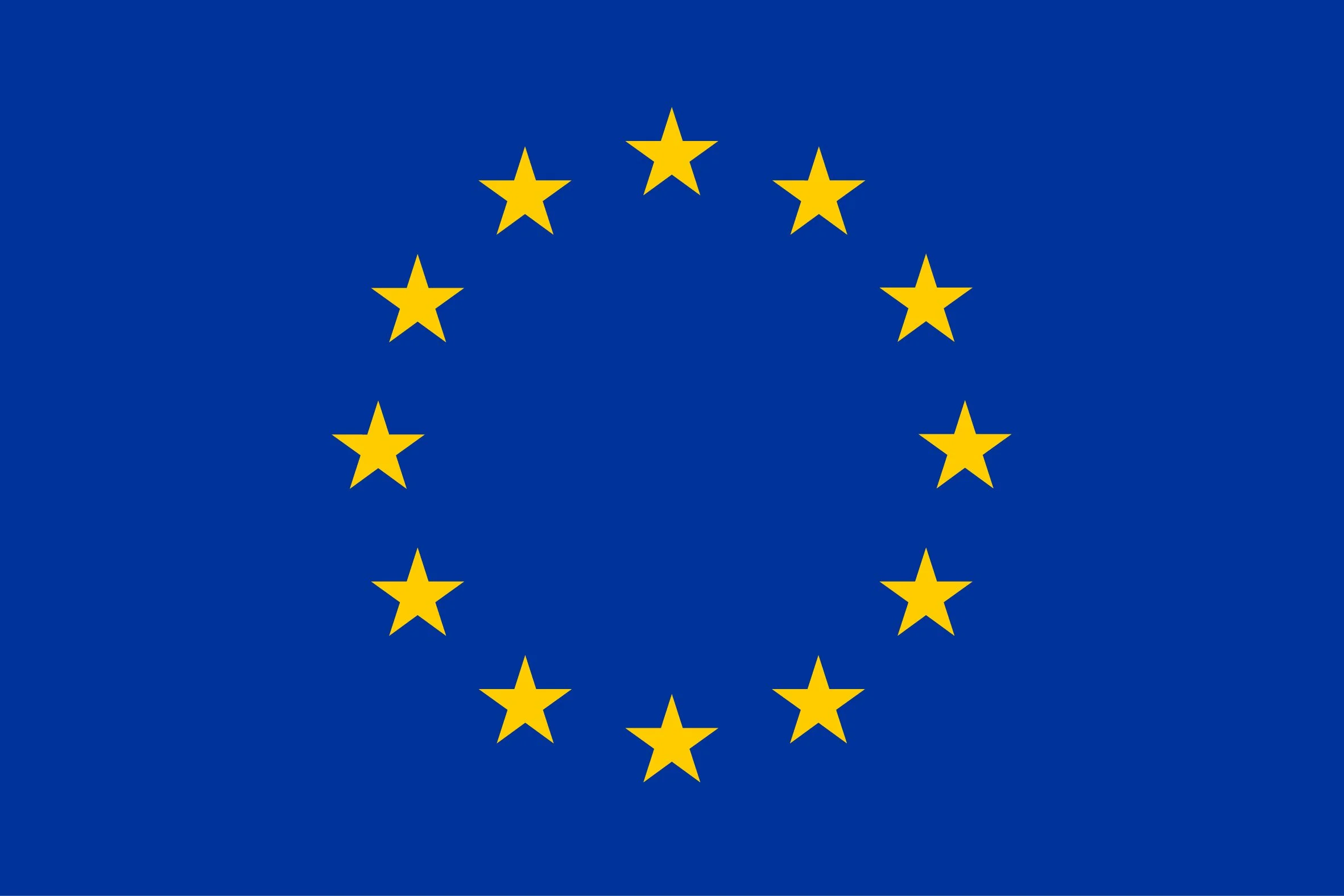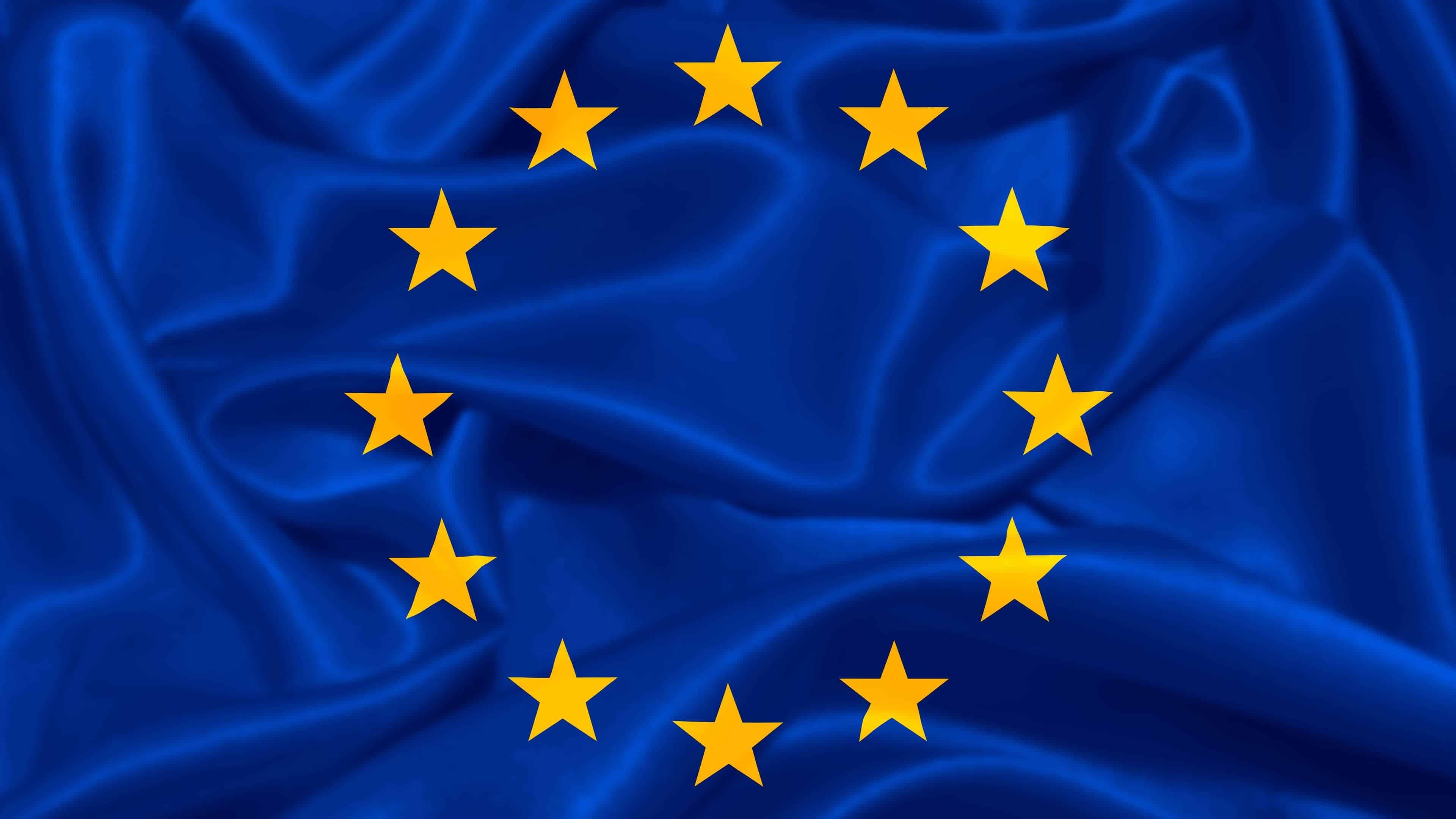

I understand why you think cursive is closer to “regular” alphabet in Russian, but I can assure you that learning Russian cursive is basically a separate topic entirely and is really really hard. Big examples are д (looks like g), и, й and м are basically indentical, т looks like m.






Because native russian speakers don’t have the perspective of learning it as a second language. Of course everything we learn as kids looks more obvious later on. I think the Russian cursive is at least one level above of complexity compared to at least neolatin languages (like Italian, French, etc.). I don’t know about German though.
Also, it might be a matter of familiarity in general. All Russian speakers I have known could always read Latin characters, so the alphabet is probably generally more familiar to most people compared to Greek or Cyrillic alphabet.